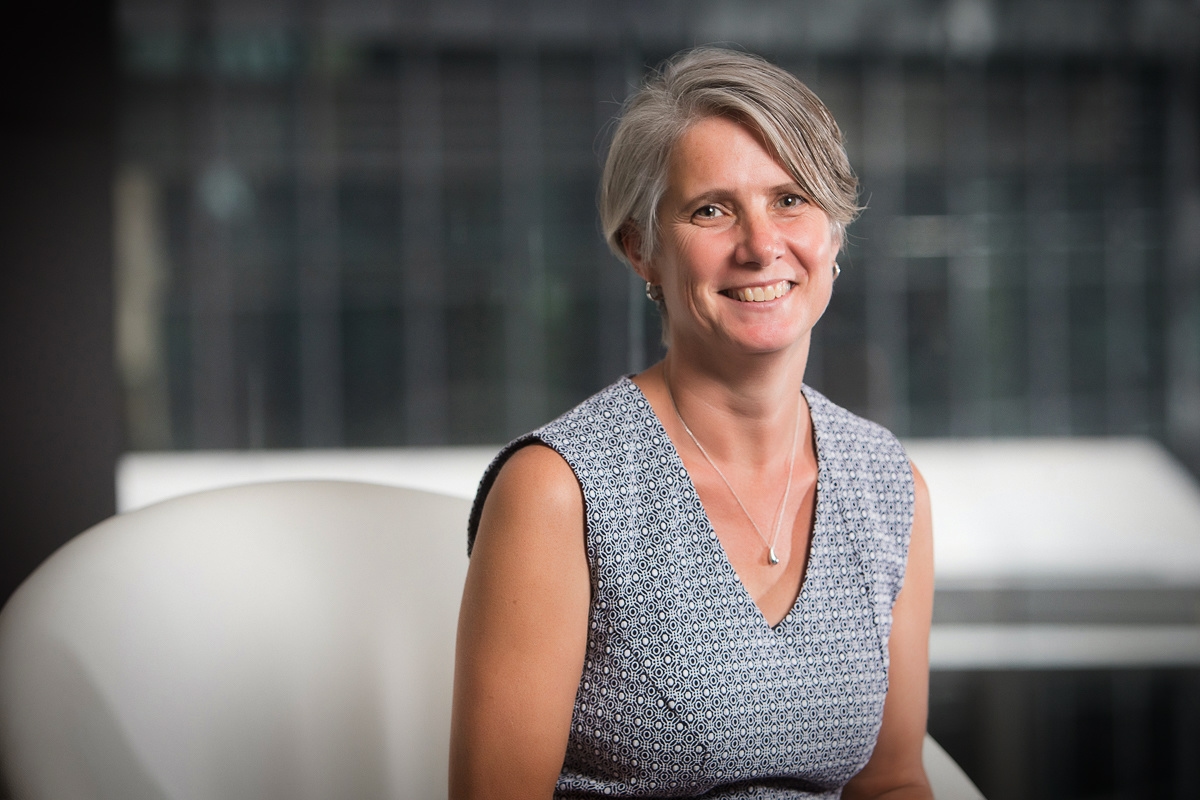A fifth of the Western Pacific’s adolescents have attempted suicide; 41% of young Zambians have made plans for their own death.
These and other disturbing trends were uncovered in a study of suicide ideation and suicide attempts among young people in Low and Middle Income Countries (LMICs) that was supported by University of New England Professor of Social Work, Myfanwy Maple.
Led by the University of Queensland’s Associate Professor Asad Khan, a biostatistician and UNE alumni, the study examined World Health Organisation (WHO) data across 229,129 adolescents aged 13-17 years in 59 LMICs.
 “Almost one million people die by suicide each year, and by far the majority of these deaths are in Low and Middle Income Countries,” said Prof. Maple, who contributed expertise on the cultural factors of suicide.
“Almost one million people die by suicide each year, and by far the majority of these deaths are in Low and Middle Income Countries,” said Prof. Maple, who contributed expertise on the cultural factors of suicide.
“Yet most research undertaken to understand suicide comes from high income countries and it is this research that informs current prevention strategies and interventions.”
The researchers found that about 17 per cent of adolescents across the LMICs in the study had experienced suicidal thoughts, plans and attempts during the previous 12 months.
“These rates are considerably higher than those in developed countries such as Australia, where suicidal plans are 5.2 per cent and attempts are 2.4 per cent,” Prof Khan said.
“Teenagers in LMICs are vulnerable to many conditions, such as poverty, disease, limited health care resources, and political tensions, that may compromise their health and wellbeing.”
Prof Maple adds that it is these social and cultural conditions that need to be considered to better understood how they influence suicidal thinking and attempts among young people.
Dr Khan’s research was conducted in collaboration with Prof. Maple, UQ’s Riaz Uddin, Dr Nicola Burton of Griffith University, and Dr Shanchita Khan of the Queensland University of Technology.
The study is published in The Lancet Child & Adolescent Health.


